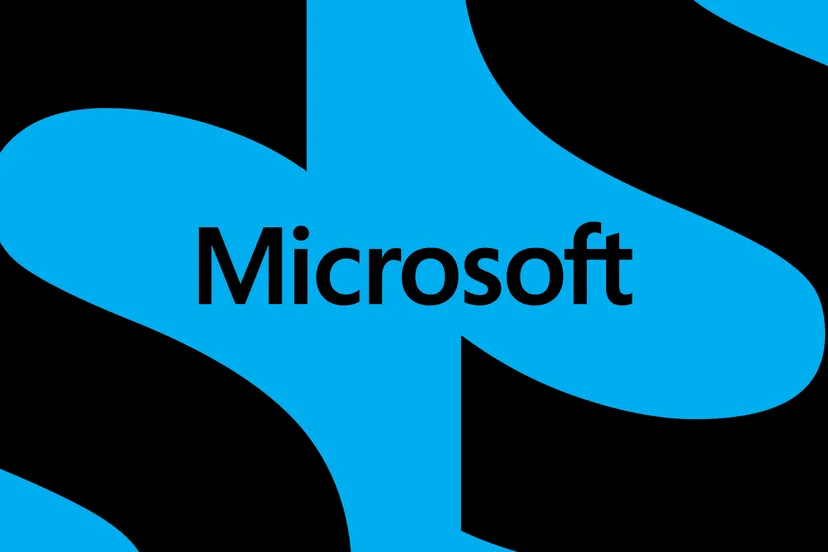
Sarah Bird, Microsoft’s chief product officer of responsible AI, tells The Verge in an interview that her team has designed several new safety features that will be easy to use for Azure customers who aren’t hiring groups of red teamers to test the AI services they built. Microsoft says these LLM-powered tools can detect potential vulnerabilities, monitor for hallucinations “that are plausible yet unsupported,” and block malicious prompts in real time for Azure AI customers working with any model hosted on the platform.
“We know that customers don’t all have deep expertise in prompt injection attacks or hateful content, so the evaluation system generates the prompts needed to simulate these types of attacks. Customers can then get a score and see the outcomes,” she says.
That can help avoid generative AI controversies caused by undesirable or unintended responses, like the recent ones with explicit fakes of celebrities (Microsoft’s Designer image generator), historically inaccurate images (Google Gemini), or Mario piloting a plane toward the Twin Towers (Bing).
Three features: Prompt Shields, which blocks prompt injections or malicious prompts from external documents that instruct models to go against their training; Groundedness Detection, which finds and blocks hallucinations; and safety evaluations, which assess model vulnerabilities, are now available in preview on Azure AI. Two other features for directing models toward safe outputs and tracking prompts to flag potentially problematic users will be coming soon.
:format(webp)/cdn.vox-cdn.com/uploads/chorus_asset/file/25360277/videoframe_77964.png)
Whether the user is typing in a prompt or if the model is processing third-party data, the monitoring system will evaluate it to see if it triggers any banned words or has hidden prompts before deciding to send it to the model to answer. After, the system then looks at the response by the model and checks if the model hallucinated information not in the document or the prompt.
In the case of the Google Gemini images, filters made to reduce bias had unintended effects, which is an area where Microsoft says its Azure AI tools will allow for more customized control. Bird acknowledges that there is concern Microsoft and other companies could be deciding what is or isn’t appropriate for AI models, so her team added a way for Azure customers to toggle the filtering of hate speech or violence that the model sees and blocks.
In the future, Azure users can also get a report of users who attempt to trigger unsafe outputs. Bird says this allows system administrators to figure out which users are its own team of red teamers and which could be people with more malicious intent.
Bird says the safety features are immediately “attached” to GPT-4 and other popular models like Llama 2. However, because Azure’s model garden contains many AI models, users of smaller, less used open-source systems may have to manually point the safety features to the models.
Microsoft has been turning to AI to beef up the safety and security of its software, especially as more customers become interested in using Azure to access AI models. The company has also worked to expand the number of powerful AI models it provides, most recently inking an exclusive deal with French AI company Mistral to offer the Mistral Large model on Azure.





























